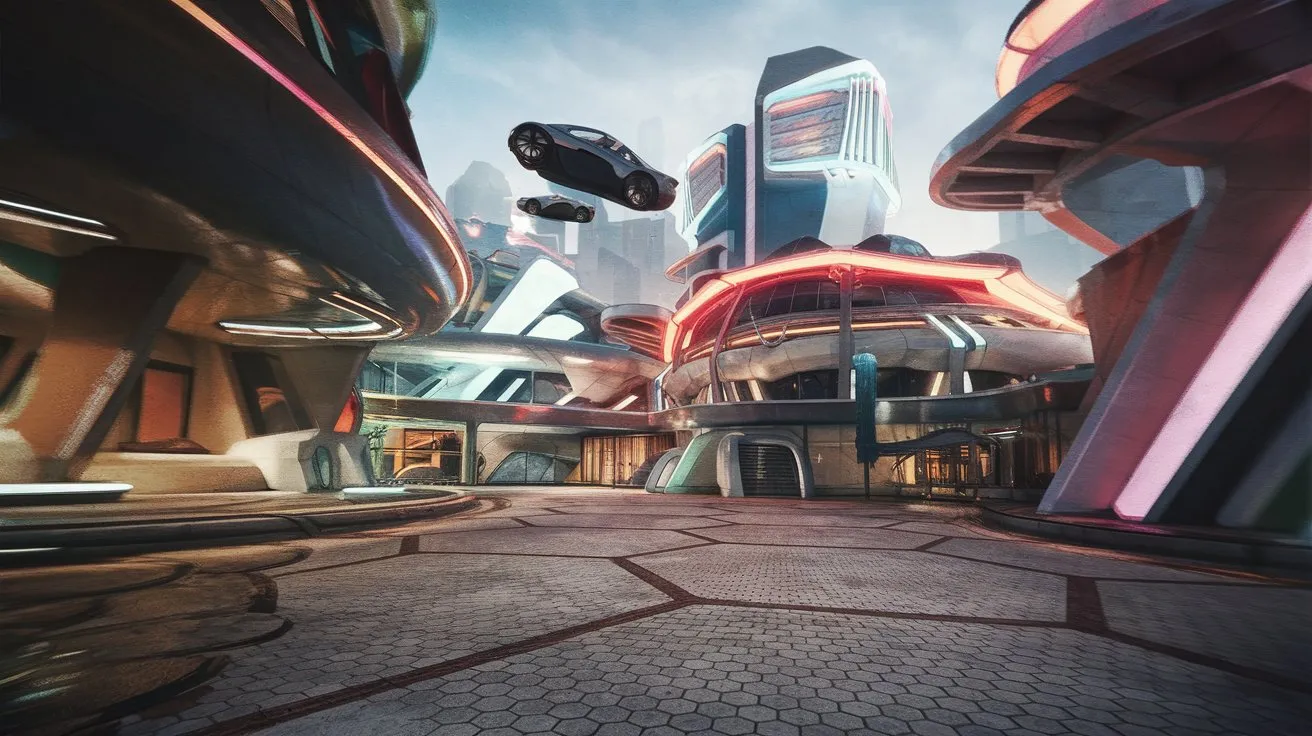Unreal Engine, developed by Epic Games has become a cornerstone of game development offering powerful tools and capabilities that cater to both seasoned developers and newcomers. Whether you’re looking to create stunning visuals, complex gameplay mechanics or immersive experiences, Unreal Engine has something for everyone. This article will provide comprehensive insights into Unreal Engine, including practical tips, updates and strategies to help you succeed in your development journey.
The Appeal of Unreal Engine
My first experience with Unreal Engine was a turning point in my creative journey. As an aspiring game developer, I had dabbled in various engines but nothing captivated me like Unreal. I vividly remember downloading the engine and diving into the sample projects. The stunning graphics and the ease of creating complex environments left me in awe. I began my first project a simple platformer and the thrill of bringing my ideas to life was indescribable.
Why Developers Choose Unreal Engine
- Visual Fidelity: Unreal Engine is renowned for its high-quality graphics and rendering capabilities. This allows developers to create visually stunning games that can compete with AAA titles.
- Blueprint Visual Scripting: Unreal’s Blueprint system enables developers to create gameplay mechanics without extensive programming knowledge. This accessibility opens the door for many aspiring developers.
- Robust Community: The Unreal Engine community is vast and supportive, providing numerous resources, forums and tutorials to help developers at all skill levels.

Tips for Effective Game Development in Unreal Engine
To maximize your experience with Unreal Engine, consider the following tips:
1. Get Familiar with the Interface
Understanding the layout of Unreal Engine is crucial. Spend some time exploring the different panels, such as the Content Browser, World Outliner and Details panel. Knowing where everything is will streamline your workflow.
Personal Anecdote: During my early days, I often found myself getting lost in the interface. I would spend hours trying to find a specific tool or setting. After dedicating a few sessions to explore the interface, I became much more efficient in my workflow and could focus more on the creative aspects of my projects.
2. Leverage Blueprint Visual Scripting
Blueprints are one of the most powerful features. They allow you to create gameplay elements without writing a single line of code. Start small by using Blueprints to manage simple tasks, such as player movement or UI interactions.
- Use Event Graphs: Familiarize yourself with the Event Graph, where you can create logic flows visually. This will help you understand how different gameplay elements interact.
3. Optimize Your Assets
Performance is key in game development. Always consider the impact of your assets on the game’s performance:
- Texture Sizes: Use appropriate texture sizes for your models. High resolution textures can significantly impact performance, so consider using lower resolution textures for less visible objects.
- LOD (Level of Detail): Implement LOD models for complex objects. This allows the engine to render simpler versions of the model when viewed from a distance, improving performance.
4. Utilize the Marketplace
The Marketplace is a treasure trove of assets, tools and plugins created by other developers. You can find everything from character models to complete game templates.
- Free Assets: Regularly check for free assets and monthly giveaways. This can save you time and help you acquire high quality resources without spending a dime.
Personal Anecdote: I discovered the Marketplace while working on my first game prototype. I found an incredible pack of environment assets that dramatically improved my game’s visuals. This not only saved me hours of modeling but also inspired me to focus on my game’s design rather than getting bogged down in asset creation.
5. Test Regularly
Frequent testing is essential to catch bugs and gameplay issues early in the development process. Set up playtests at various stages to gather feedback and identify areas for improvement.
- In-Editor Testing: Use the Play In Editor (PIE) feature to quickly test gameplay elements without having to package the entire game.
Recent Updates and Features
Unreal Engine is constantly evolving and keeping up with the latest updates is crucial for developers. Here are some recent features and improvements:
- Unreal Engine 5: The release of UE5 brought groundbreaking features like Nanite virtualized geometry and Lumen global illumination, allowing developers to create incredibly detailed environments with realistic lighting.
- MetaHuman Creator: This tool simplifies the creation of realistic human characters, allowing developers to customize everything from facial features to hair, making character creation more accessible.
- Enhanced Animation Tools: Recent updates have improved the animation workflow, including features like Control Rig, which allows for procedural animations and greater control over character rigging.
- Improved Documentation and Learning Resources: Epic Games has expanded its documentation and learning resources, providing tutorials and guides that cover a wide range of topics, from basic concepts to advanced techniques.

FAQs About Unreal Engine
1. What is the best way to start learning Unreal Engine?
Begin with the official Unreal Engine documentation and tutorials. The Unreal Online Learning platform offers free courses that cover various aspects of game development.
2. Can I use Unreal Engine for non-gaming projects?
Yes, Unreal Engine is versatile and can be used for architectural visualization, film production and interactive experiences, in addition to game development.
3. Do I need programming knowledge to use Unreal Engine?
No, Unreal Engine’s Blueprint visual scripting system allows you to create gameplay mechanics without traditional programming knowledge. However, learning some coding can be beneficial for more complex projects.
4. How can I improve my game’s performance?
Optimize your assets, use LOD models, manage texture sizes and leverage the profiling tools available in Unreal Engine to identify performance bottlenecks.
5. Is it possible to monetize my game made in Unreal Engine?
Yes, you can monetize your game developed in Unreal Engine. Just be sure to comply with Epic Games’ licensing agreements and any applicable regulations.
Conclusion
Unreal Engine offers powerful tools and a supportive community that can help aspiring developers bring their visions to life. By leveraging the tips and strategies outlined in this guide, you can enhance your development skills and create compelling games that captivate players.
As you embark on your journey in Unreal Engine, remember that each project is a learning experience. Embrace the challenges, stay updated with new features and connect with the community to continuously improve. Happy developing!
